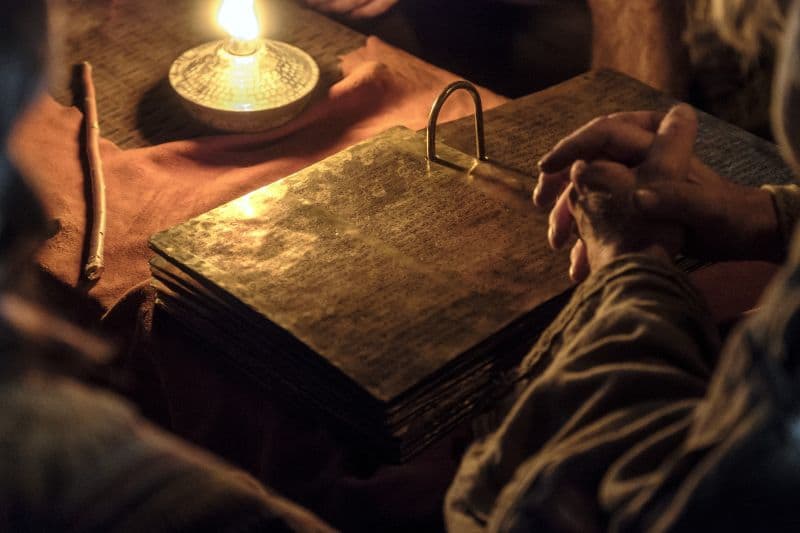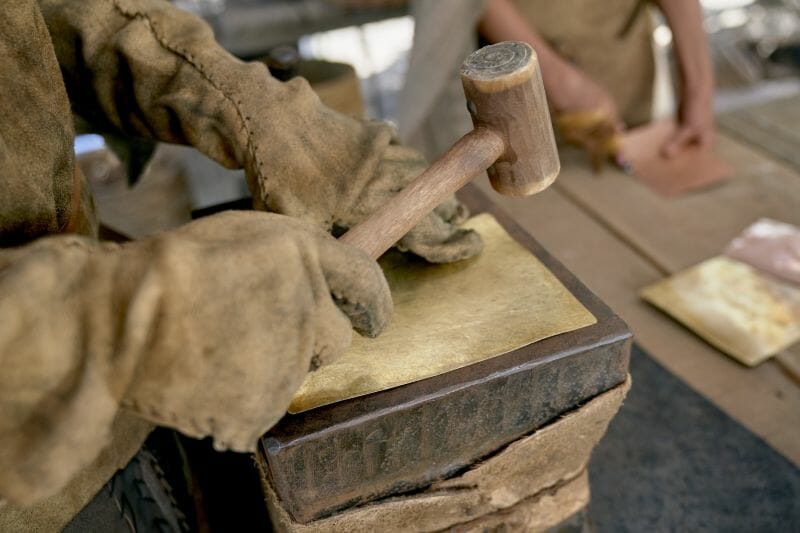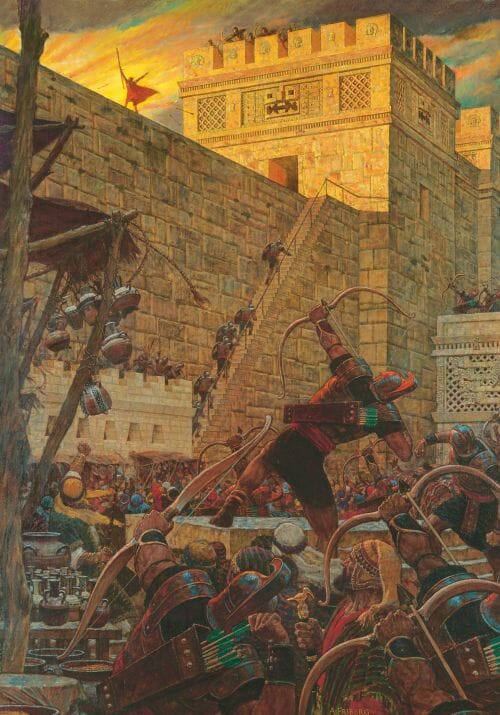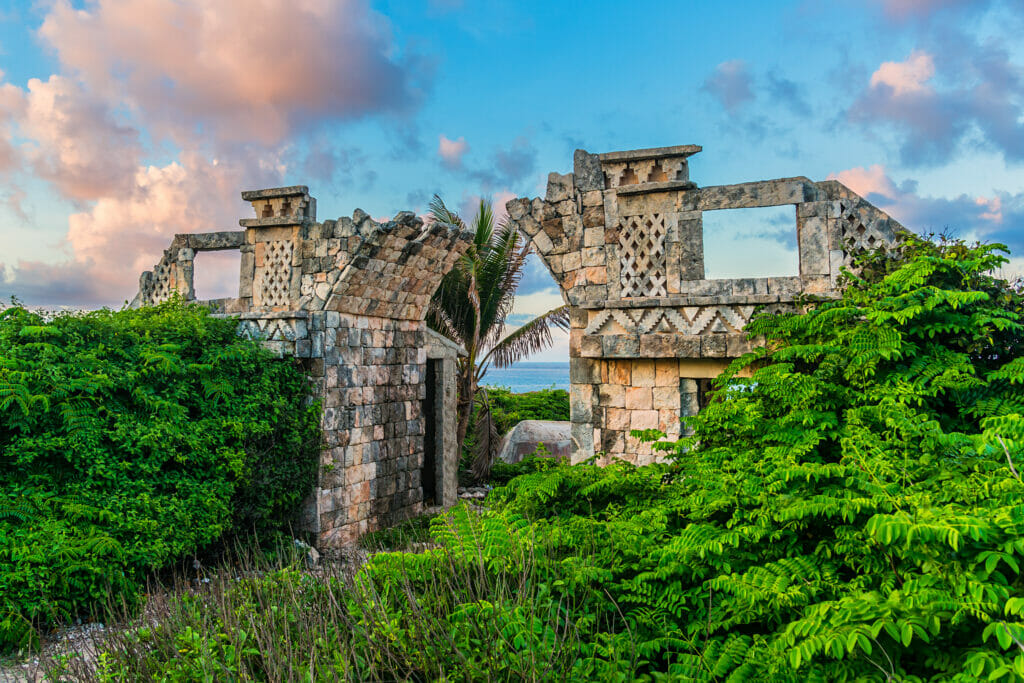
18.05.2020
Where did Lehi land? 5 Key Reasons why Mexico is a possible candidate
Always wondered where did Lehi land? If you are as passionate about finding out where the Book of Mormon may have happened as we are? Then you probably already found out by now that there are quite a few different theories that point in different directions.
Now, it’s essential to establish that the Church of Jesus Christ of Latter-day Saints has no official position on this topic and has made it very clear that it is not their mission to convince anyone of the truthfulness of the Book of Mormon through archaeological evidence. However, there have been several statements made by prominent Church leaders in the past, referring to specific locations in the American continent, which may have been involved with the events narrated in the Book of Mormon.
With time, some of these statements have led educated LDS scholars to formulate theories on the BoM’s geography and the whereabouts of its people. Last time I checked, there were probably more than 20 theories about where Lehi arrived and where the Book of Mormon took place.
But today, on this post, we want to talk about the 5 Key Reasons why Mexico could be where Lehi landed and, therefore, a possible setting for the Book of Mormon. Keep in mind; this is only for recreational purposes and to shed a little bit of light on this topic and explain why so many people turn to Mexico to answer this question.
Where did Lehi land? So here we go…
Number 1. Use of cement
In the Book of Mormon, we learn that one of the most exceptional qualities of the Nephite nation was their industriousness and ability to develop their land building temples, houses, and entire cities. The word cement can be found more than a dozen times in the scriptures, according to Helaman 3:7, not only did the Nephites discover how to make cement and build houses to live in, but he also mentions that they were “Exceedingly expert in the working of cement’. This statement has stricken the attention of many non-religious scholars, due to the lack of evidence in the use of this substance among native American tribes.

However, Mexico and Mesoamerica are living testimony of the excessive use of cement, which many experts believe could have caused the Mayan civilization’s demise. According to expert and current director of excavations of the Mirador Basin in northern Guatemala, Ph.D. Richard Hansen believes that the formula for Mesoamerican cement consisted of 4 tons of limestone + 4 tons of greenwood, which would equal 1 ton of lime, which was a critical binding element for their cement. Other ingredients may include shells, chalk, or marl, combined with shale, clay, slate, blast furnace slag, silica sand, all of which are found in abundance throughout Mexico. The unmeasured deforestation and the constant extraction of limestone eventually ruined their soil and generated prolonged interruptions in their agricultural process.
Number 2. Existence of a writing system – Where did Lehi land?
After Lehi and his family depart from Jersulamen, Nephi and his brother were sent back to obtain the brass plates from King Laban. Centuries later, we discover the enormous value these plates brought to the Nephite nation in preserving their history and, therefore, their written language. The same cannot be said about the Mulekites, which, over the pass of time, had lost their ability to write or read.

Today’s top 3 most prominent theories regarding the Book of Mormon geography include Peru, Mesoamerica, and the Heartland theory. But where did Lehi land? At this moment, we know that the ancient civilizations of Peru, such as the Incas, did not develop any written language. Instead, they used a system called Quipu. Quipu was a debit/credit system, similar to modern western accounting. A knot was tied on one strand, and a corresponding knot was untied to represent transactions such as a unit of inventory brought into or removed from a storehouse.
The same can be said about the Andena or Hopewell people; to this time, there has been no substantial evidence of an established written language they may have used to keep records. Instead, we observe pictograms, murals, petroglyphs, and other artistic representations which may have been used as a form of record-keeping.
Mexico, at the heart of Mesoamerica, shares a wealth of 15 known prehispanic written languages and two mother tongues from which over 100 spoken languages and dialects originated.

Number 3. Ores of precious metals
Throughout the first book of Nephi, we learn about his fascination with the craftmanship of Laban’s sword and his ability to work with metal (1 Nephi 4:9). Upon their arrival to the American continent, he soon discovers that the promised land also had an abundance of ores from which he obtained precious metals to continue recording their history.
“And we did find all manner of ore, both of gold, and of silver, and of copper.” Nephi 18:25

Although today, we learn that the plates had the appearance of gold, experts believe that the plates could not have been made out of solid gold due to the weight described by the witnesses, which were no more than 40-60lbs. Plates that size made of pure solid gold could have weighed up to 100 lbs.

However, today’s archaeologists have discovered tremendous amounts of an alloy in Mexico, used mostly in jewelry, ornaments, and decorations, which consists of gold plated copper. The copper element kept the object firm, sturdy and lightweight, while the gold allowed these pieces to easily be engraved with names, history, or artistic designs.
Experts such as Read Putnam and Jerry Grover Jr. propose that the plates most likely were made of this type of alloy. Therefore, consistent with the weight described by the witnesses and the ability for the plates to maintain its form and engraved writings after so many years of handling.
Number 4. Use of Defensive earthworks

Samuel the Lamanite on the Wall (Samuel the Lamanite Prophesies), by Arnold Friberg
The scriptures contain countless stories of the use of impressive defensive earthworks used in times of war to protect their cities. One of the most important stories can be read in Alma 53 as Moroni directs the construction of moats, walls, and palisades to defend the city of Bountiful upon the imminent attack of the Lamanite army:
“By the orders of Moroni, caused that they should commence laboring in digging a ditch round about the land, or the city, Bountiful.” (Alma 53: 3-50)

A painting by Jerry Thompson depicting Captain Moroni’s soldiers fighting the Lamanites – Where did Lehi land?
Mesoamerica is an excellent example of the ample use of defensive fortifications used at the same time these stories are narrated in the Book of Mormon. Many Mayan settlements in the southern region of the Yucatan Peninsula, such as Becan, Calakmul, Dzibanche, and Xpujil, demonstrate the use of gigantic moats dug out around their city centers during times of war, which can still be seen today. Mounds of dirt were accumulated above these moats along with stakes and other defensive mechanisms to reenforce these barriers, just as described in Alma 53:4:
“And they cast up dirt out of the ditch against the breastwork of timbers.”

Number 5. Advanced causeways and roads – Where did Lehi land?
In 3 Nephi 6:7-8, we learn that “there were many highways cast up, and many roads made.” This statement leaves us to think that there was a significant difference in the types of “causeways” used in Book of Mormon times, probably like driving on a “freeway” or a “backroad.” The term “cast up” also suggest that they didn’t lie flat on the ground, but instead “elevated” or “built up.” In Mexico, at sites such as Coba, Calakmuul or Dzibilchaltun, we observe these types of distinctions among their road systems. The Mayas named them “sac-be” meaning “white roads.” A standard road for daily transit would typically be built on an elevated stone platform about 2-3 feet high by 3-5 feet wide. These roads were paved with a mixture of limestone and shells to provide a white coating, hence the name “white roads” and also to work as a reflector system for the moonlight. However, these days thanks to high tech radar systems such as LiDar, massive causeways between cities and prominent Mayan capitals have been discovered measuring anywhere from 10 to 20 feet wide. Talk about an ancient Freeway!

